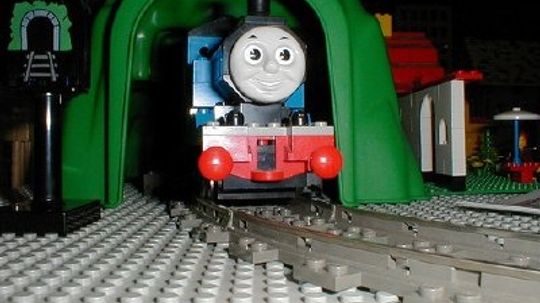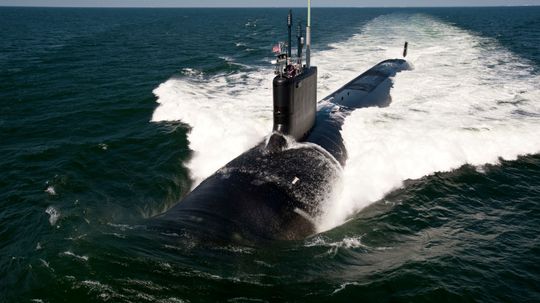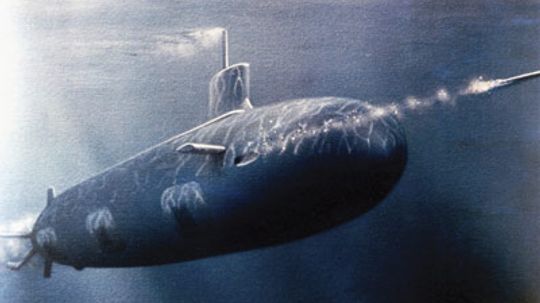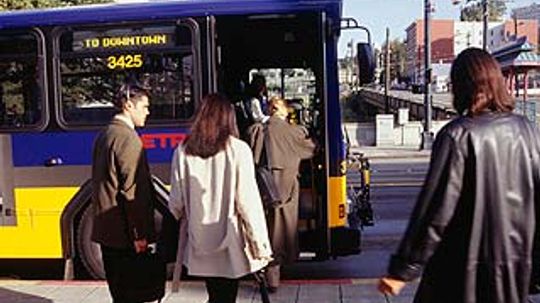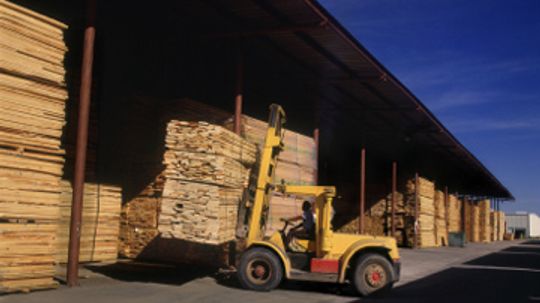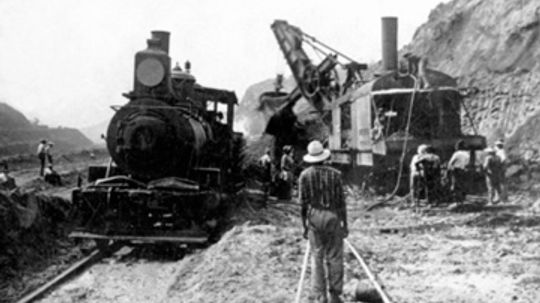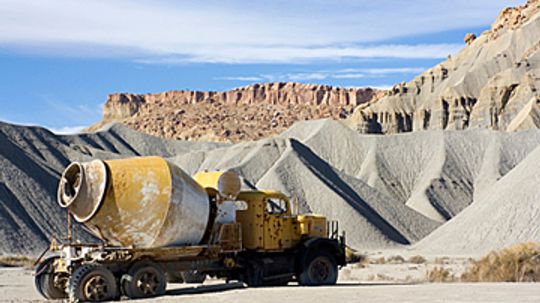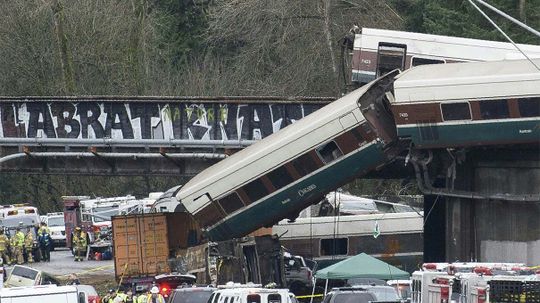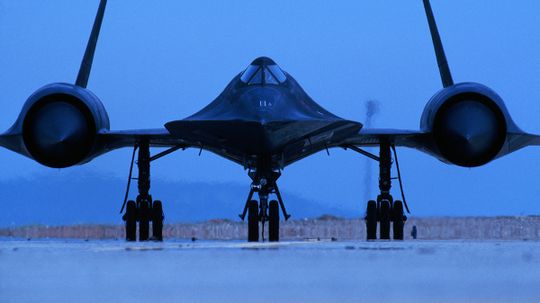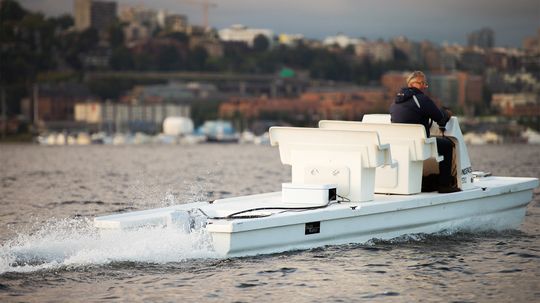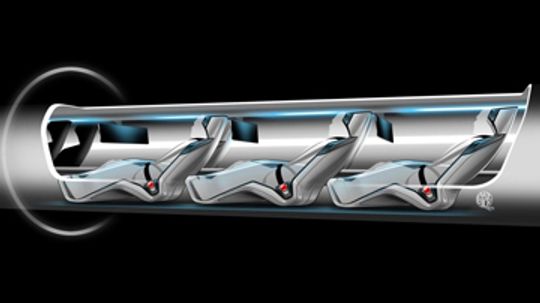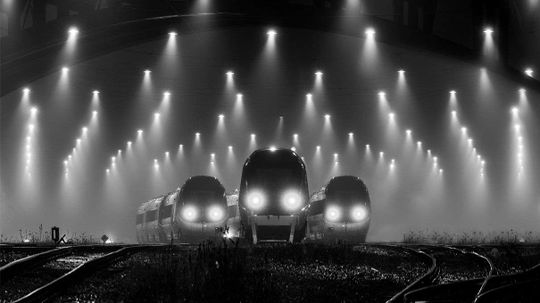Engines & Equipment
Engines and construction equipment are all complex machines. How do some of these engines work, and how do they help us construct buildings and structures?
Learn More / Page 2
A fascinating article that describes how a block and tackle (as well as levers and gears) works!
It doesn't seem like twisted rope and wooden gears or levers would be able to produce the force and speed needed to launch heavy loads a great distance.
By Yara Simón
Thomas the Tank Engine is a merchandising phenomenon that includes small wooden train sets, video tapes, books, clothing, an official Web site and tons of fan sites. But wait, what exactly is a "tank engine" anyway?
Advertisement
How do the engines breathe in diesel submarines? Don't internal combustion engines need a lot of oxygen to run? Where would all of this oxygen come from when the sub is underwater?
When I was a kid, my Aunt had constantly flowing water from a natural spring down the hill. She said the water was pumped uphill using a hydraulic ram. This device ran constantly and didn't need any electricity! What is a hydraulic ram and how does i
Steam engines powered all early locomotives, steam boats and factories -- they fueled the Industrial Revolution. Learn how the steam engine produces power!
By Marshall Brain & Yara Simón
Since a torpedo cannot have an air-breathing engine like a boat, how is it propelled through the water?
Advertisement
One of the key pieces of infrastructure that we could really use in the U.S. is a high speed, efficient, and effective train system.
In January 2004, the citizens of Milan, Italy, were preparing for a strike that would shut down all public transportation. Since an estimated 28 percent of greater Milan's 3 million populace relied heavily on public transit, the strike meant gridlock for most of the city.
Forklifts are a necessary tool in most warehouses, shipping depots and manufacturing facilities. In fact, without forklifts, we wouldn't be able to move manufactured goods nearly as efficiently as we do today.
Antique steam shovels can still be found rusting away at old mining sites or painstakingly restored and on display in museums the world over. How much do you know about these mammoth-sized digging tools?
Advertisement
Few are unfamiliar with the mixer trucks that transport concrete from the factory to the construction site. How do they keep that stuff from hardening while they move?
By Eric Baxter
Train crashes are in the news lately, but are our fears justified?
Imagine whipping through the sky at thousands of miles per hour. This special type of jet engine can do exactly that.
Electric-propelled boats, which are much quieter and more environmentally friendly than gas-powered motorboats, are finally beginning to hit the waves and find their market.
Advertisement
Ready for a fifth mode of transportation? Elon Musk is. He's sketched out a proposal for a nearly supersonic transportation system that could shoot you from San Francisco to Los Angeles faster than you can watch an episode of "Game of Thrones."
In 2015, the U.S. population numbered 320 million, but less than 10 percent of those people rode the rails. So who does?
By Julia Layton


